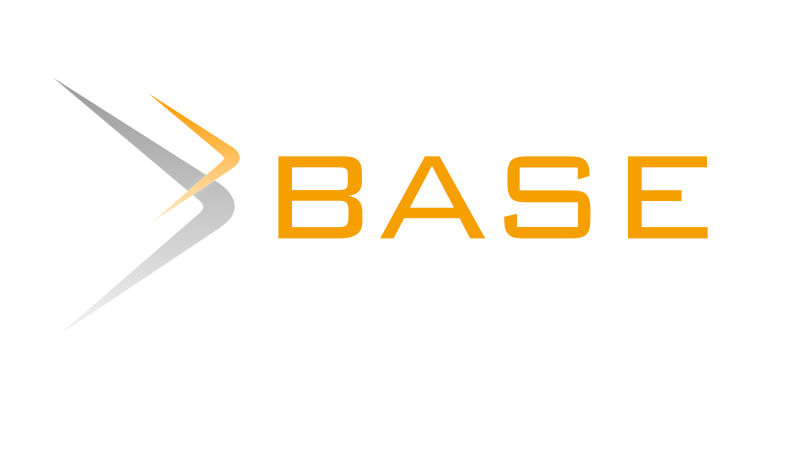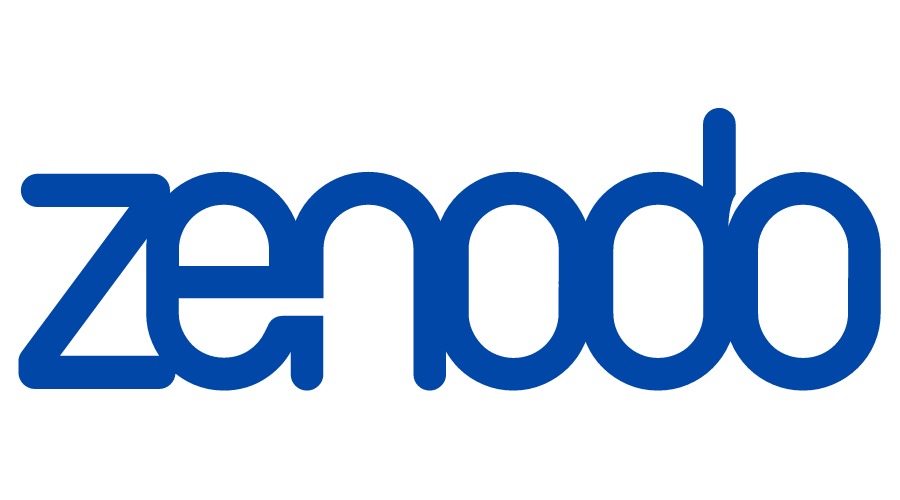International Journal of Contemporary Research In Multidisciplinary, 2025;4(4):489-491
The Difference Between Artificial Language and Ordinary Language: A Philosophical Analysis
Author Name: Alamgir Miah*;
Paper Type: research paper
Article Information
Abstract:
The distinction between artificial and ordinary language is a central theme in 20th-century analytic philosophy. Ordinary language, with its natural evolution and context-dependence, contrasts sharply with the rule-governed and precise nature of artificial languages developed for scientific or logical purposes. This paper explores the key features, historical roots, philosophical implications, and contemporary relevance of both language forms. Drawing on the works of Wittgenstein, Carnap, and Ayer, it critically assesses the role of language in philosophical inquiry and understanding.
Keywords:
Ordinary language, artificial language, Wittgenstein, Carnap, analytic philosophy, language-games, logic, ambiguity, Vienna Circle
How to Cite this Article:
Alamgir Miah*. The Difference Between Artificial Language and Ordinary Language: A Philosophical Analysis. International Journal of Contemporary Research in Multidisciplinary. 2025: 4(4):489-491
Download PDF


